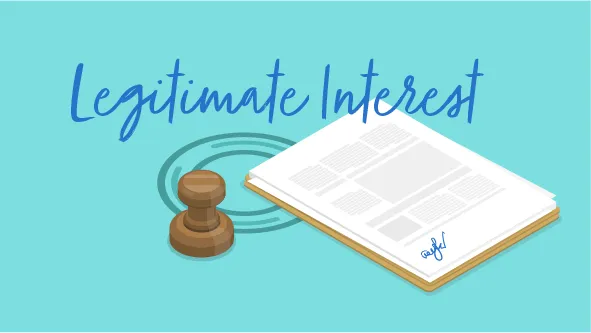Effective Data Privacy Management
Introduction
As organizations handle increasing amounts of personal data, it is crucial to establish a lawful basis for processing under data privacy regulations such as the General Data Protection Regulation (GDPR). One commonly used basis is legitimate interest. However, to ensure compliance and protect individuals’ rights, organizations must conduct a ligitimate Interest Assessment In this article, we will guide you through the process of completing a legitimate interest assessment to effectively manage data privacy.
-
Understand the Purpose of the Assessment
The first step in completing an LIA is to clearly define the purpose of the assessment. This involves identifying the specific processing activities and the legitimate interests pursued by your organization. For example, it could be improving customer experience, fraud prevention, or direct marketing.
-
Identify and Document the Legitimate Interest
Next, identify the lawful basis of legitimate interest(s) pursued by your organization. It is essential to articulate a clear and specific purpose for processing personal data that aligns with the interests of your organization, while also considering the impact on individuals’ rights and freedoms.
-
Conduct a ligitimate Interest Assessment: Necessity Test
Evaluate whether the processing of personal data is necessary to achieve the legitimate interest identified. Consider whether the a lawful basis could be achieved through alternative means that have a less intrusive impact on individuals’ privacy. If there are less privacy-intrusive methods available, it may be necessary to reassess the processing activities.
-
Conduct a ligitimate Interest Assessment: Balancing Test
The balancing test involves weighing your legitimate interests against the rights and freedoms of the individuals whose data is being processed. Consider the potential impact on individuals’ privacy, their reasonable expectations, and any safeguards in place to mitigate risks. If the balancing test shows that individuals’ rights outweigh your organization’s interests, then the legitimate interest basis may not be appropriate.
-
Document the Assessment
It is crucial to document the legitimate interest assessment process to demonstrate accountability and compliance. This documentation should include the purpose of processing, the legitimate interest identified, the necessity test results, the balancing test results, and any mitigating measures implemented to protect individuals’ rights and interests.
-
Communicate and Maintain Transparency
Transparency is a fundamental aspect of data privacy management. Clearly communicate to individuals the legitimate interests pursued by your organization and provide information on how their data is being processed. Update privacy notices and policies to reflect the outcomes of the legitimate interest assessment and ensure individuals have a clear understanding of their rights and options.
-
Regularly Review and Update the Assessment
Data privacy landscapes evolve, and it is essential to regularly review and update the legitimate interest assessment. Assessments should be revisited if there are changes in processing activities, risk levels, or legal requirements. This ensures that your organization continues to comply with privacy regulations and respects individuals’ rights.
Conclusion
Completing a legitimate interest assessment is a critical step in managing data privacy effectively and ensuring compliance with regulations like the GDPR. By understanding the purpose of the assessment, identifying legitimate interests, conducting the necessary and balancing tests, documenting the process, and maintaining transparency, organizations can establish a robust framework for lawful and responsible data processing. Regularly reviewing and updating the assessment is essential to adapt to changing circumstances and emerging privacy concerns. By following these steps, organizations can navigate data privacy management with confidence while safeguarding individuals’ rights and fostering trust in the digital age.

